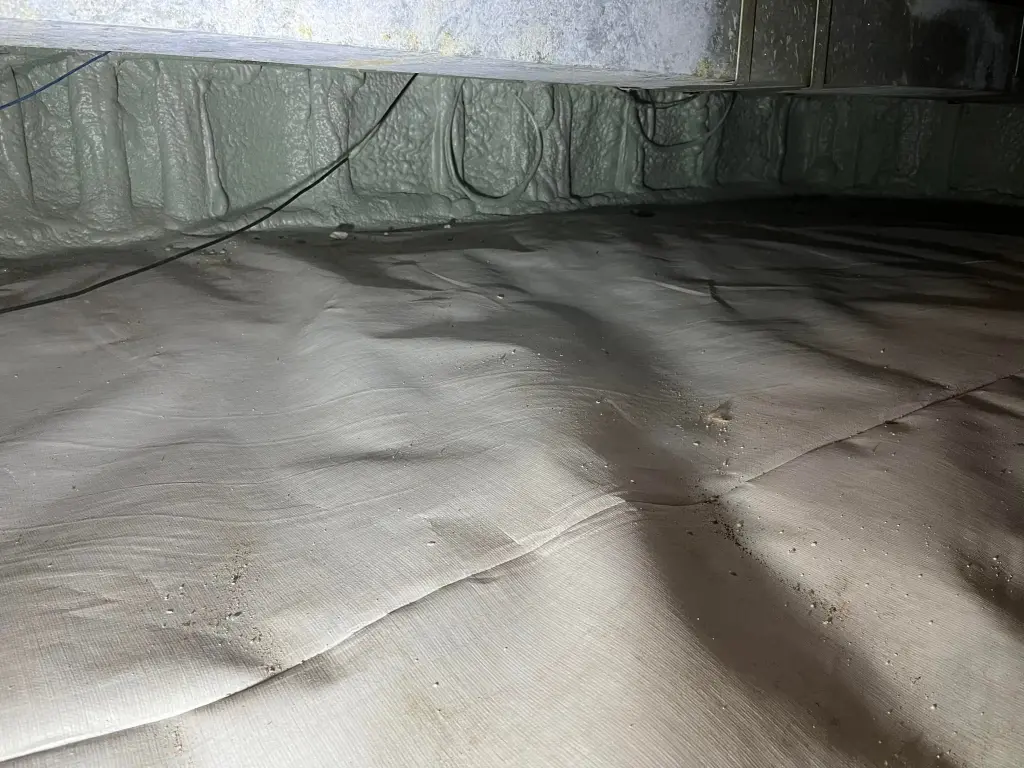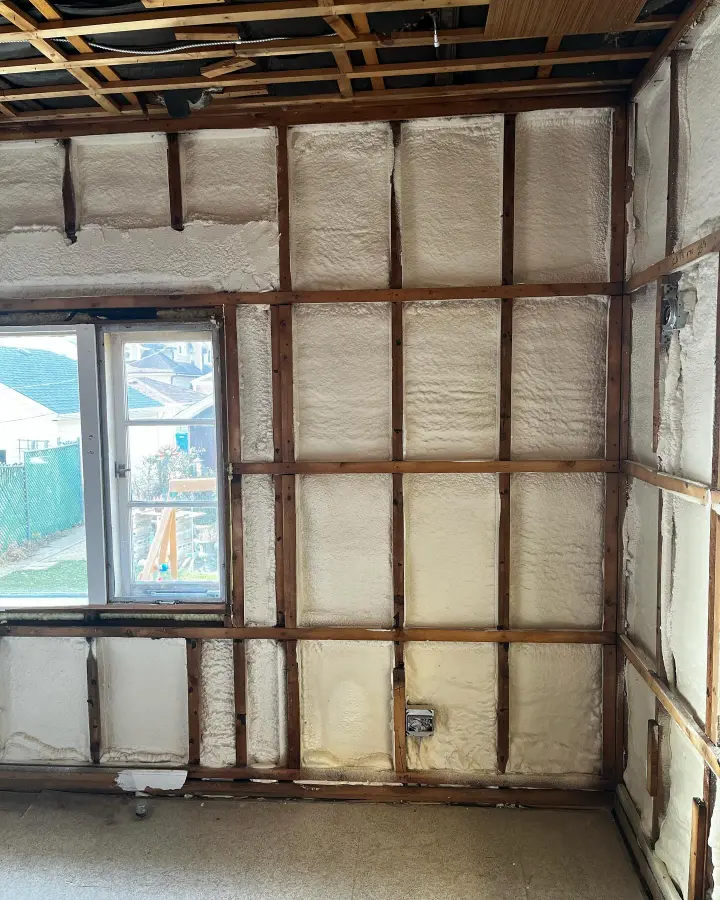
A reliable insulation contractor in Naperville, IL will begin by assessing the current condition of a structure’s thermal envelope. This includes inspecting attics, walls, crawlspaces, and existing insulation levels. The contractor should provide clear recommendations based on observed deficiencies, building age, and regional climate performance standards.
Expect precise material recommendations, installation methods tailored to the structure, and code compliance assurance. The contractor must also demonstrate experience working with Northern Illinois’ freeze-thaw cycles, humidity levels, and air infiltration issues. This article outlines what property owners should look for, with practical insights from installation crews and building science professionals.
A competent contractor starts with a comprehensive inspection. This includes moisture detection, thermal imaging, and air leakage diagnostics. In Naperville’s climate, R-values must be calculated based on seasonal variation and building type. Thermal bridging, poor ventilation, and mold risks must be identified upfront.
Bonus Tip: In older homes, request a blower door test before beginning any work. This helps locate inefficiencies hidden behind walls.
| Method | Material Type | Application Area | Performance Notes |
|---|---|---|---|
| Spray Foam (Closed Cell) | Polyurethane | Attics, walls, roofs | High R-value per inch, air/moisture barrier |
| Blown-In Cellulose | Recycled Fiber | Attics, wall cavities | Settles over time, good for retrofits |
| Batt Fiberglass | Fiberglass rolls | Open wall cavities | Lower installation cost, less airtight |
| Spray Foam (Open Cell) | Polyurethane | Interior walls, attics | Better sound dampening, lower R per inch |
| Rigid Foam Board | Polystyrene | Basement walls, roofs | Used in combination with other systems |
| Application Area | Target R-Value (Naperville, IL) | Typical Material Used | Installation Consideration |
|---|---|---|---|
| Attics | R-49 to R-60 | Blown-In, Spray Foam | Vapor barrier often required |
| Exterior Walls | R-13 to R-21 | Spray Foam, Batt | Must avoid thermal bridging |
| Crawlspaces | R-19 to R-30 | Spray Foam, Rigid Foam Board | Must address moisture before sealing |
| Roof Decks (Unvented) | R-38 to R-49 | Closed Cell Spray Foam | Building code compliance critical |
Source: U.S. Department of Energy Climate Zone 5 Guidelines

Naperville sits in Climate Zone 5. Contractors must plan for both summer humidity and winter freeze. Ice damming, vapor intrusion, and condensation are frequent issues in under-insulated attics and rooflines. Insulation systems must manage both thermal resistance and moisture control.
Bonus Tip: A vapor-retarding paint can be applied to finished drywall for an added layer of moisture protection without removing finishes.
Most attic or wall applications can be completed in 1-2 days, depending on access and material.
Yes. Properly installed insulation combined with air sealing minimizes moisture intrusion.
Only if it’s damaged, moldy, or incompatible with new material. Otherwise, it can often remain.
Look for BPI, SPFA, or state licensing for spray foam applications. These ensure code compliance.
For accurate material recommendations and thermal performance improvements based on Naperville’s climate, contact South Chicago Insulation. Reach the team at [email protected] or call (779) 803-8025 for site evaluations and quote scheduling.
Every 5 years or after major weather events. Settling, rodent activity, and moisture can degrade performance.
Closed cell spray foam provides the highest air barrier performance when applied properly.
Yes. Federal programs and ComEd Illinois rebates apply to qualifying energy upgrades. Check EnergyStar.gov.
Improved insulation reduces heating and cooling loads, which can support downsizing equipment.
Blown-in and batt can be DIY, but foam or encapsulation systems require certified installers.